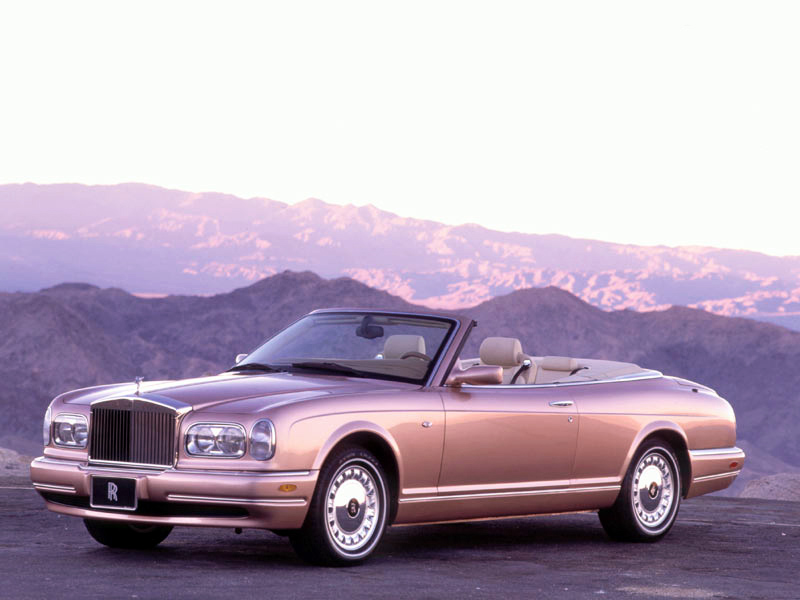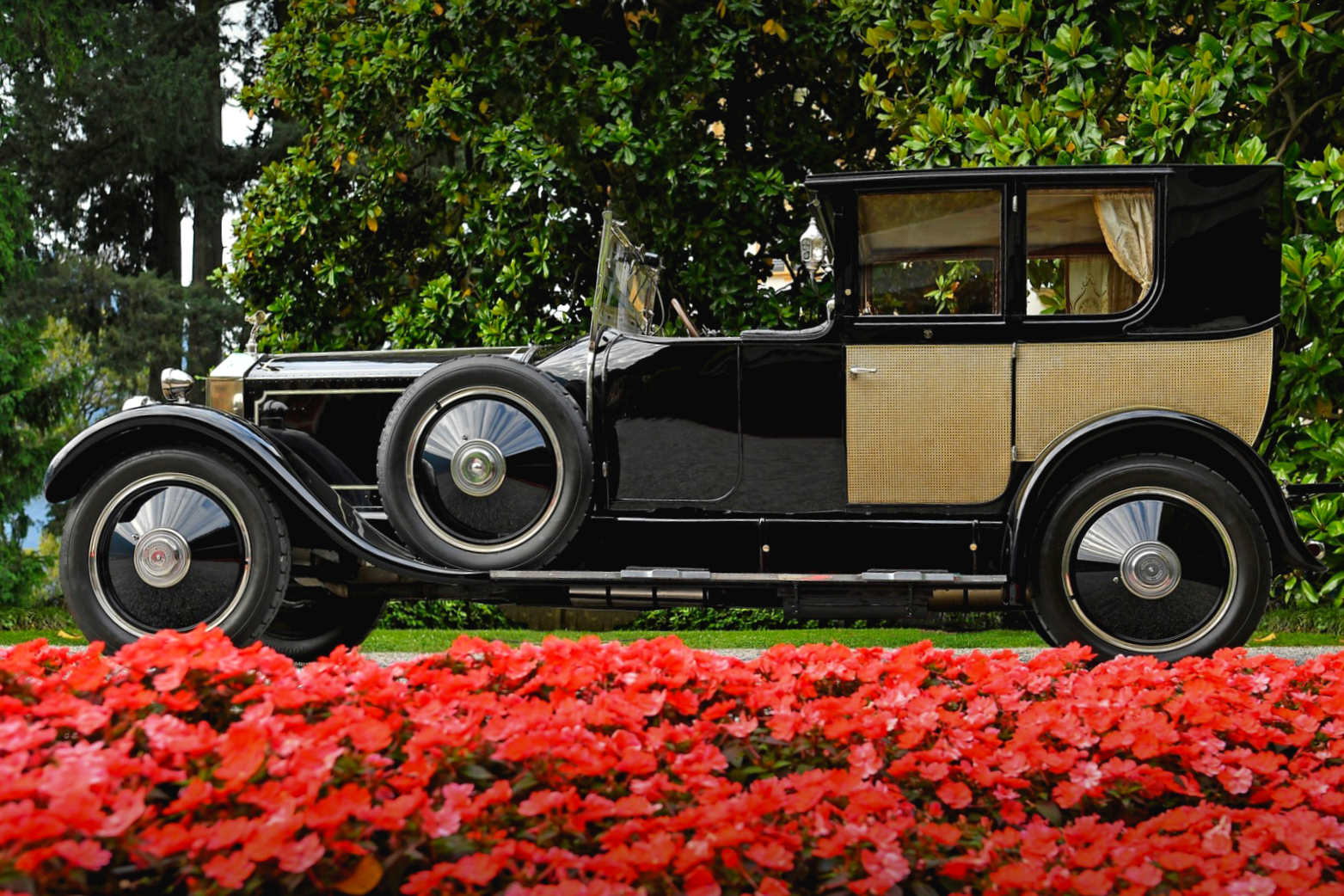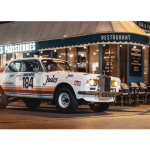Words: Nathan Chadwick
Photography: Rolls-Royce
As I pulled up to the junction to turn right, I could see the faces recoil; the sneers, the wrinkled noses. To own a Rolls-Royce Cullinan means that you not only have a wallet to swallow the entrance fee, but blinkers on for all those passing judgment.
True, ‘my’ Cullinan was a liver-pink UK press car but it’s telling that I was driving it around the sprawling Goodwood estate, a stone’s throw from the factory that birthed it, and even the locals couldn’t take to it. I started to wonder, what was the last Rolls-Royce that could these days unite people of all walks of life through admiration?
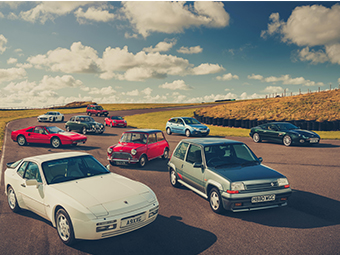
My mind fell to the Corniche V, the only new Rolls-Royce launched under Volkswagen ownership and something of an automotive oddity. Just 384 were produced between 1999 and 2002; it was the very last Rolls-Royce produced at Crewe, just as BMW took over production.
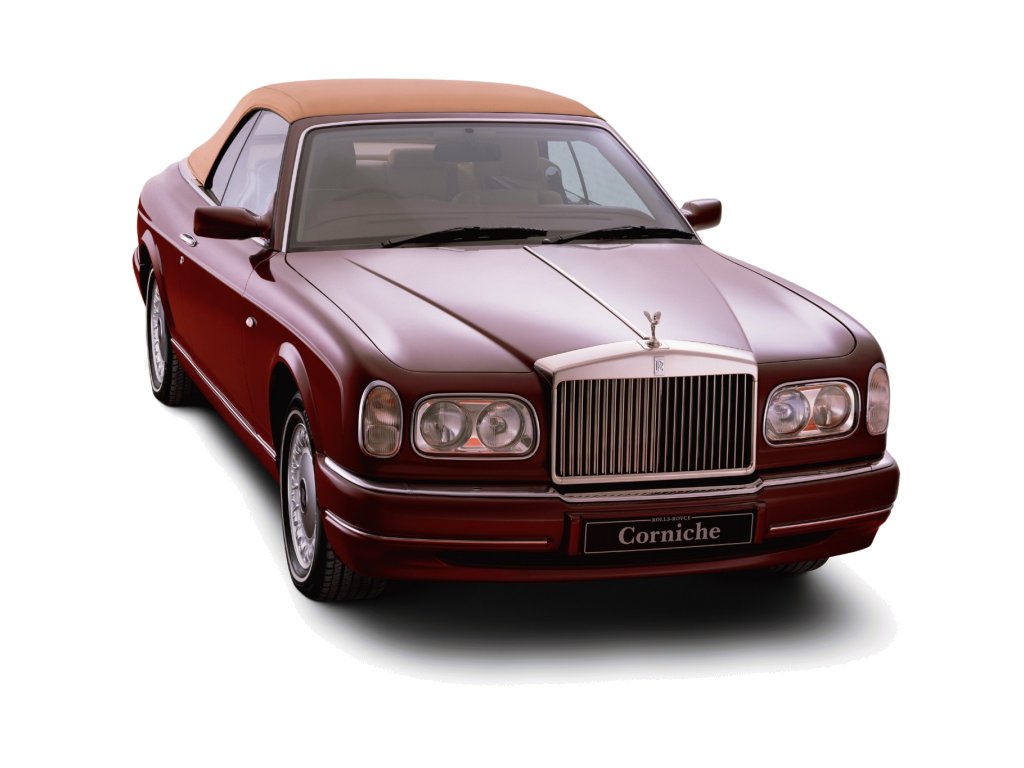
Though the Graham Hull-penned soft-top shared visual cues with the Silver Seraph, it actually shares much with the Bentley Azure of the 1990s. Under that long, voluptuous bonnet lines the Azure’s 6.75-litre twin-turbocharged, which though suitably less punchy than the 420hp and 645lb ft in the Bentley, still delivered 325hp and 544lb ft, and with a broader, more linear torque cuve.
Rather than outright oomph, the Corniche V used a low-pressure turbocharger setup sans intercooler for extra smoothness and a reduction in turbo lag. As befits the Rolls-Royce raison d’etre, the engine management system and exhaust were designed to be more subdued than the freer-flowing exhaust and ECU in the Bentley.
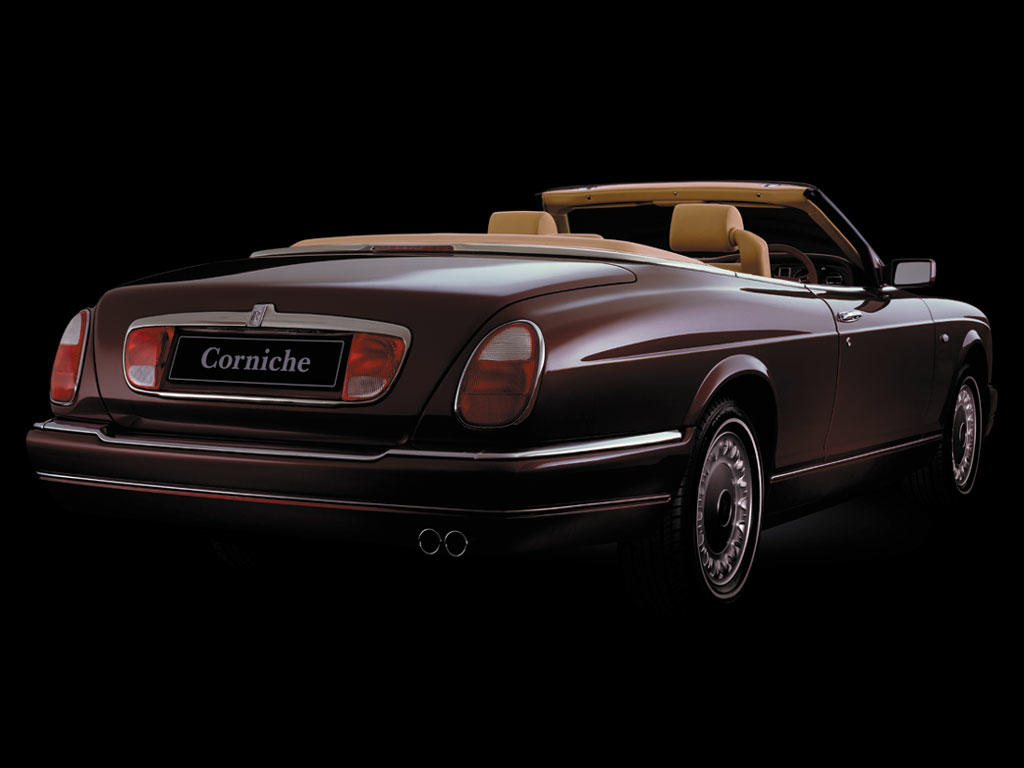
Though the Corniche V derived its platform from the Azure, Rolls-Royce refined the system with adaptive damping that adjusted stiffness in relation to road conditions, along with Citroën-derived hydraulic self-levelling suspension at the rear. The chassis was also reinforced, not only for the weight of the extra sound deadening, but also to compensate for the lack of a fixed roof.
The roof is particularly special, as it’s the first Rolls-Royce with a soft-top that completely folded into the body. Add in a Connolly leather-imbued interior, Wilton wool carpets, lambswool rus and an eight-speaker sound system – plus two-stage heated seats – and the car would eventually weigh a whopping 2736kg.
Despite the bulk, it can accelerate to 60mph in eight seconds and hit top speed at 135mph. But applying such figures to a car like the Corniche is somewhat vulgar – it really wasn’t built for the traffic light grand prix.
I recently had a chance to drive one. It’s a marked change from the Silver Seraph, which though it steered much better than you’d ever imagine, the 5.4-litre BMW V12 rather lets the side down compared to an Arnage. While expecting a Rolls-Royce to outperform a Bentley of the era is clearly a silly idea, nonetheless the absence of mid-range torque from the Seraph’s V12 is noticeable – and if you’re the kind of competitive plutocrat, being left in the dust by such a degree on the M1 out of Brent Cross by even a standard 7 Series, let alone a Bentley, must have hurt a bit.
Not so the Corniche V. Clearly built for cruising rather than crushing, the 544lb ft certainly makes its presence known. Peak torque is a lowly 2100-2300rpm, so stepping on the engine just elicits a slight murmur, the nose rises and suddenly you’re off – what must be an almost ridiculous sight to fellow road users is only matched by a similarly silly driving experience. It’s a bit like having a cockpit-camera TV view of powerboat racing, only with the sound off.
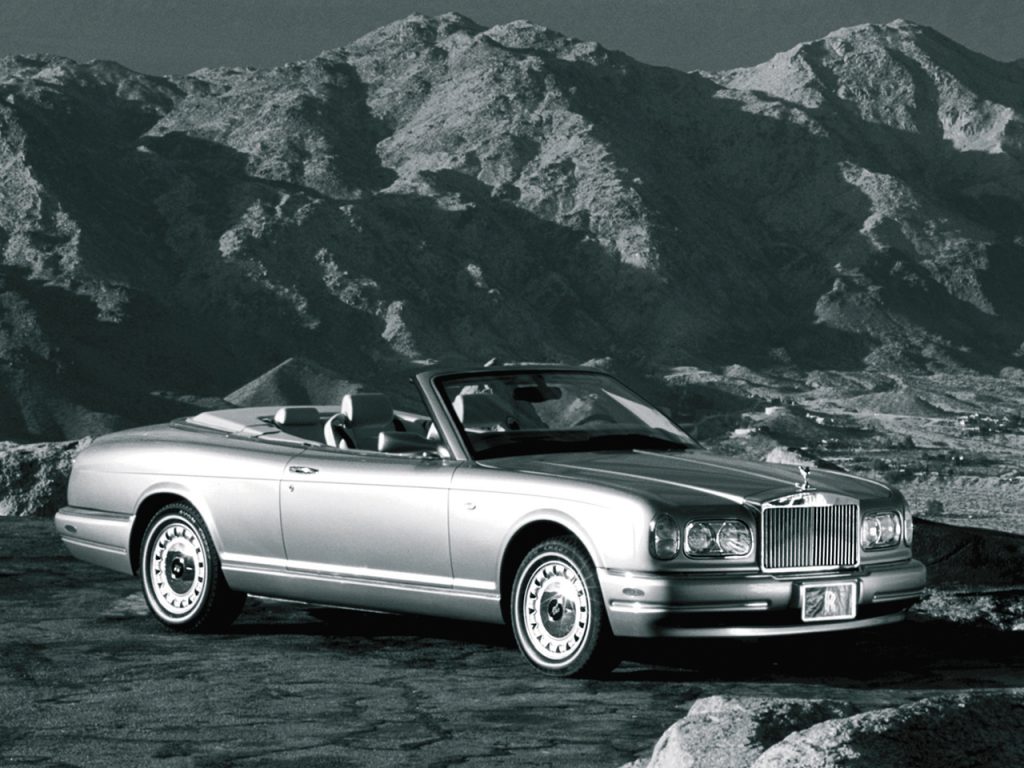
I’ll fully admit I like my cars edgy, loud, slightly uncouth and somewhat scary. The Corniche V is none of these things but as I started to get over the sheer size of it, I came to enjoy it. It’s often said that petting dogs can lower heart rate and improve your mental health; the same happens with a Corniche V. Everything seems to slow down, despite what the beautiful dials in the handmade dashboard might tell you. The world is a calmer place, a more fascinating tunnel of onward movement. There’s clarity, space to think, means to ponder. Fewer dog hairs, too. Owning a dog will always remain cheaper – the Hagerty Valuation Guide has even a Fair example pegged at £53,400, with a good car coming in at £72,000. Excellent cars cost £115k, and you can expect to pay in the region of £135k for a concours example. That’s a significant premium over a late-model Bentley Azure, with the best examples of that costing around £65k-£90k. A newer Bentley Azure, produced under Volkswagen ownership, will cost between £85k and £145k, and will be appreciably more modern, and very nearly as relaxing. But then the Corniche V, like any Rolls-Royce purchase, is not a rational one.
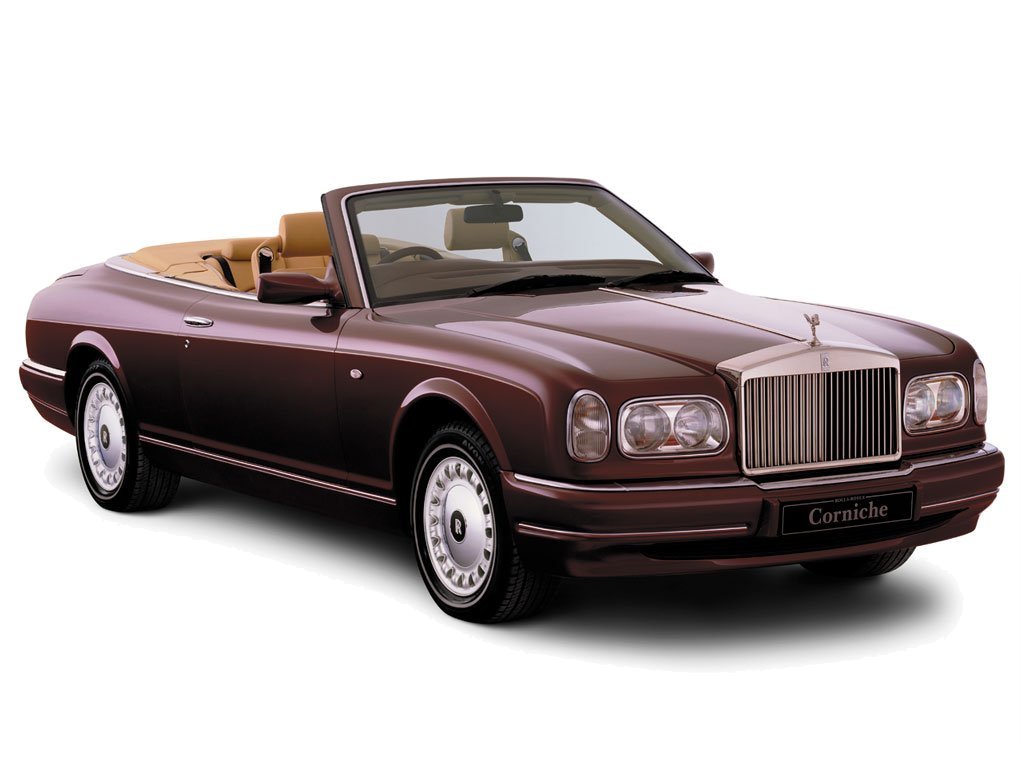
To drive a Corniche V is to be transported to a different world, free of the tension and anger of the modern world. Even as I sauntered through some of London’s rougher areas, the Corniche V didn’t seem to upset anyone, and drew a stroke of admiration from others. Contrast this to the first time I drove a Bentley, the closely related Continental R. Though the power and luxury appealed, what most impressed me was that the only sound I could hear was the disgusted locals of Barnet spitting on the windscreen as I drove past. I didn’t have any fear of that in the Corniche V.
The Cullinan might be reviled by traditionalists, but it accounts for 40 per cent of Rolls-Royce sales, and I have to say, sitting behind the wheel is every bit the proper Rolls-Royce experience. In contrast, the Corniche V is but a blip in the historical sales charts, a strange crossover between VW and BMW that today few remember. However, it is the essence of Rolls-Royce – an aspirational dream for whoever you may be, whatever your bank balance – especially if you’re lucky enough to drive one.
What do you think of the Rolls-Royce Corniche V? Have you ever owned one? We would love to hear from you in the comments below.
More on Rolls-Royce
Buyers Guide: Rolls-Royce Silver Cloud
The Full English: Rolls-Royce Phantom I
Buying Guide: Rolls-Royce Silver Shadow (1965 – 1980)
